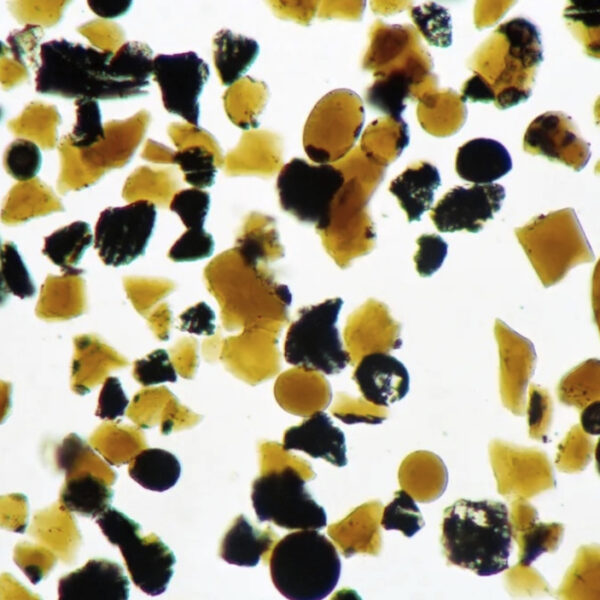When Apollo astronauts first set foot on the lunar surface, they expected to find grey rocks and dust. What they didn’t anticipate was discovering something that looked almost magical: tiny, brilliant orange glass beads scattered across the Moon’s landscape like microscopic gems. These beads, each smaller than a grain of sand, are actually ancient time capsules from when the Moon was volcanically active billions of years ago. The beads formed some 3.3 to 3.6 billion years ago during volcanic eruptions on the surface of the then, young satellite.
The story of these glass beads begins with explosive volcanic activity that would have been spectacular to witness. The beads formed when lunar volcanoes shot material from the interior to the surface, where each drop of lava solidified instantly in the cold vacuum that surrounds the moon. Picture volcanic eruptions similar to Hawaii’s famous lava fountains, but happening in the airless environment of space.
Without an atmosphere to slow them down or weather to erode them, these tiny glass spheres have remained pristine for over three billion years. For fifty years, these samples sat in laboratories waiting for technology to catch up with scientific curiosity.
“Writer Fuel” is a series of cool real-world stories that might inspire your little writer heart. Check out our Writer Fuel page on the LimFic blog for more inspiration.


